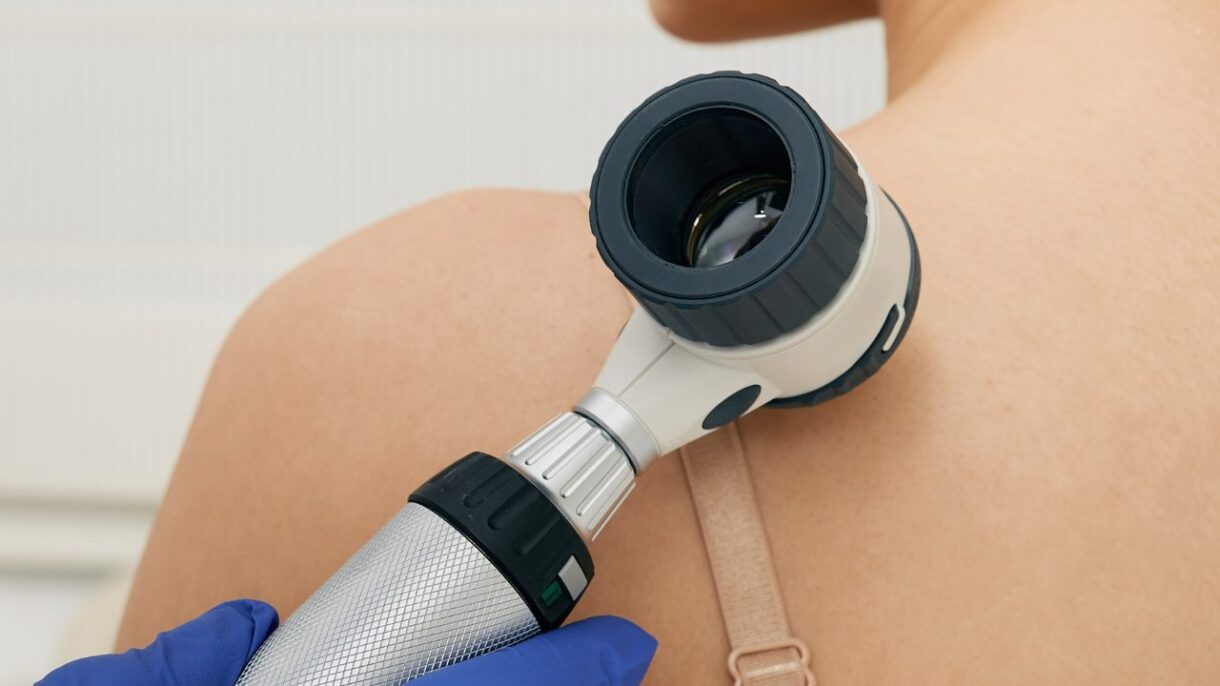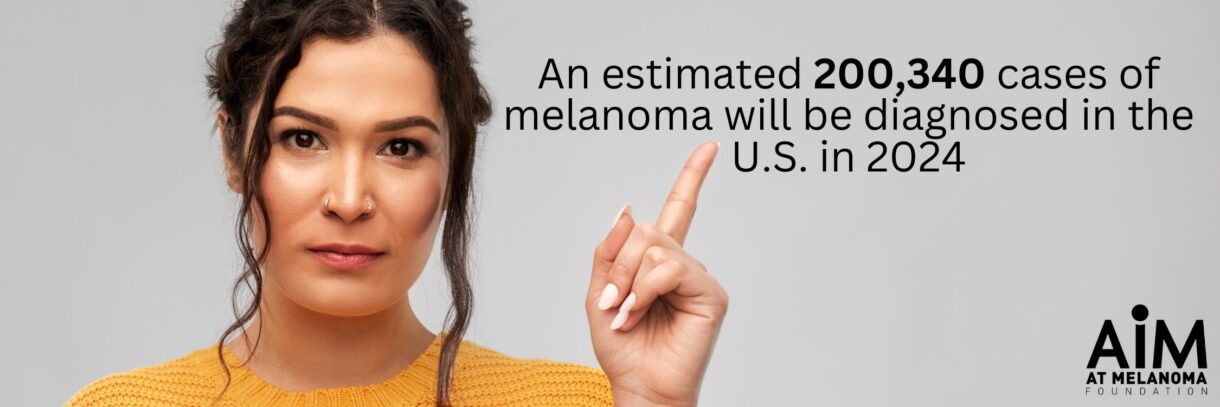February is National Cancer Prevention Month

Did you know that February is National Cancer Prevention Month?
This annual observance is dedicated to raising awareness about cancer prevention and encouraging individuals to reduce their risk of developing cancer.
Why is National Cancer Prevention Month Important?
National Cancer Prevention Month was first observed in 2014 and has since been recognized every February. The goal is to educate the public about the importance of cancer prevention and early detection. According to the American Cancer Society, about 1.8 million new cancer cases are expected to be diagnosed in the United States in 2024. However, studies have shown that up to 50% of cancer cases and deaths are preventable through healthy lifestyle choices and early detection. By raising awareness and promoting healthy habits, National Cancer Prevention Month aims to reduce the number of cancer cases and deaths in the future.

What is Melanoma?
- Melanoma is a type of skin cancer that develops in the cells that produce melanin, the pigment that gives skin its color. It is the most dangerous form of skin cancer, as it can spread to other parts of the body if not caught and treated early.
- Melanoma is often caused by exposure to ultraviolet (UV) radiation from the sun or tanning beds. It can also be hereditary, meaning it runs in families.
Risk Factors for Melanoma
While anyone can develop melanoma, certain risk factors can increase your chances of developing this type of skin cancer. These include:
• Excessive UV exposure: Spending too much time in the sun or using tanning beds can increase your risk of developing melanoma.
• Fair complexion: People with sun-sensitive skin, light-colored hair, and eyes are more susceptible to melanoma.
• Family history: If a close family member has had melanoma, you may have a higher risk of developing it as well.
• Age: Melanoma is more common in older adults but can occur at any age.
• Weakened immune system: People with weakened immune systems, such as those with HIV or organ transplant recipients, have a higher risk of developing melanoma.
Steps for Melanoma Prevention
The good news is that there are steps you can take to reduce your risk of developing melanoma. Here are some tips for melanoma prevention:
1. Limit Your Exposure to UV Radiation The most important step to prevent melanoma is to limit your exposure to UV radiation. This means avoiding tanning beds and limiting your time in the sun, especially during peak hours (10 am to 4 pm). When you go outside, wear protective clothing, such as long-sleeved shirts and hats, and use sunscreen with an SPF of 30 or higher. Reapply sunscreen every two hours or more frequently if you are swimming or sweating.
2. Perform Regular Skin Checks Early detection is key in treating melanoma. Make it a habit to perform regular skin checks to look for any changes in your skin. This includes new moles, changes in the size or color of existing moles, or any other unusual spots on your skin. If you notice any changes, make an appointment with a dermatologist for a professional skin exam.
3. Know Your Family History If you have a family history of melanoma, it is essential to be aware of your increased risk. Talk to your doctor about your family history and any steps you can take to reduce your risk.
4. Educate Yourself The more you know about melanoma, the better equipped you will be to prevent it. Take the time to educate yourself about the risk factors, warning signs, and prevention methods for this type of skin cancer.
National Cancer Prevention Month reminds individuals to prioritize their health by taking preventative measures against melanoma. By raising awareness about melanoma prevention and encouraging proactive behaviors such as wearing sunscreen and monitoring one’s skin regularly, we can collectively work towards reducing the incidence rate of this devastating disease.






